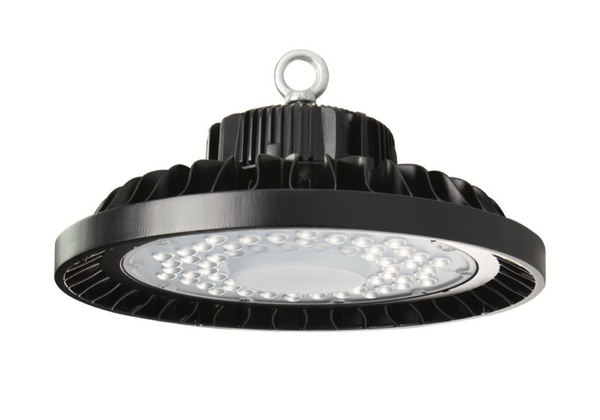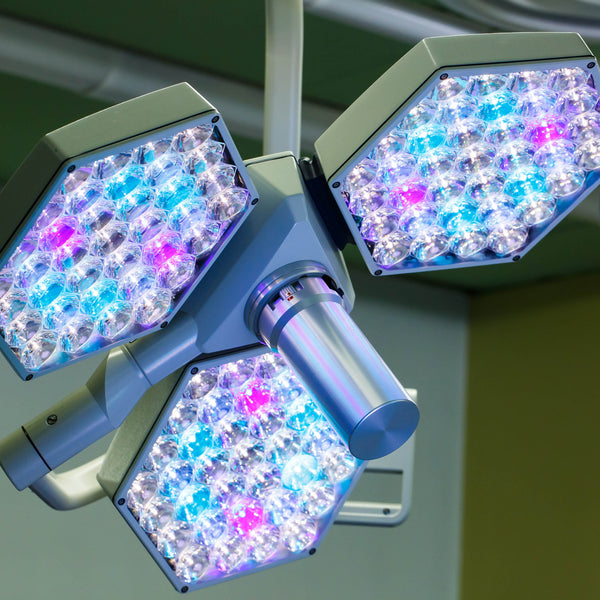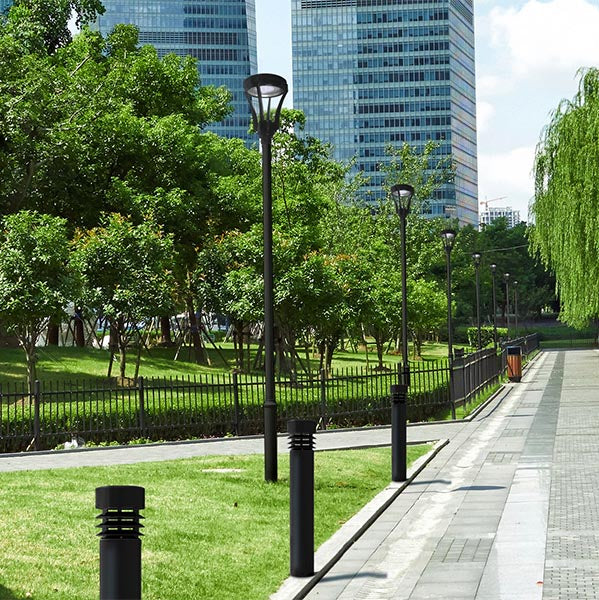How LEDs are Changing our Cities & Neighborhoods

LEDs are Changing our Cities & Neighborhoods with Light Emitting Diode (LED) technology nearly standard on all new building developments, it’s no wonder why all other industries are following their lead. For the longest time, those familiar orange-ish street lights have been a fixture in our cities. Fly into a city like Dallas or Houston on a clear night, and you can see the golden glow of the city's street grid. But that's beginning to change. We're beginning to see our cities in a different light literally.
Cities around the country have been transitioning to LED post top lights, not only to save money, but also because of the increased safety that residents feel with more visible light in their neighborhoods. Make no mistake, the LED post top lights, LED bollards, and LED floodlights do a much better job in providing visibility.
LED lighting solutions have never been more accessible or affordable than now. With multiple rebate programs and incentives, more cities are making the switch to LED street lighting. And why wouldn’t they? As we all know by now, LEDs are energy-efficient and long-lasting which means huge savings on the energy bill as well as reduced maintenance costs. But what about the other benefits? Such as reduced crime rate, safer neighborhoods, and overall perceived improvement? These are all benefits that LED street lighting can offer compared to the orangey glow of the high pressure sodium (HPS) street lighting still illuminating most of our streets and neighborhoods.
The biggest difference between LEDs and HPS lights (other than the energy savings, of course) is the overall appearance of the light. LEDs not only feature a crisp color similar to moonlight/natural light (anywhere from 4000K to 6000K), but also a great CRI of at least 70. This is hugely important because the CRI is what determines the visibility and ability to see things as intended. The CRI for HPS lights, in comparison, can be as low as 20. This makes visibility “muddier” and more difficult to discern detail and color. When visibility is decreased, so is safety which means an increase in crime. Visibility is an obviously important factor when it comes to lighting streets and neighborhoods at night. Take a look at this chart that compares basic statistics between LED street lighting and HPS.



